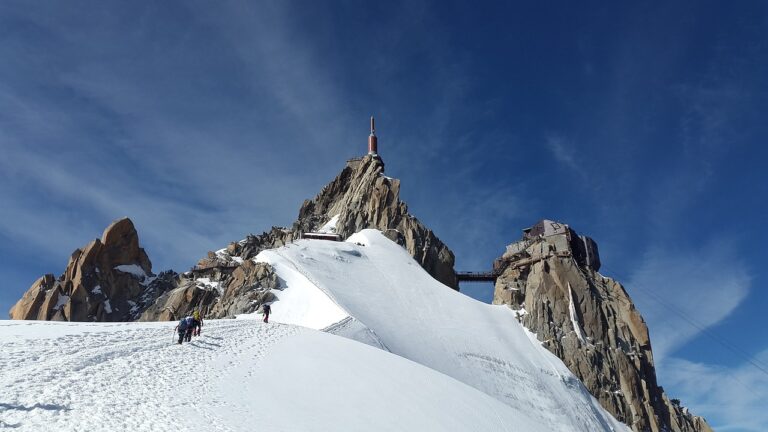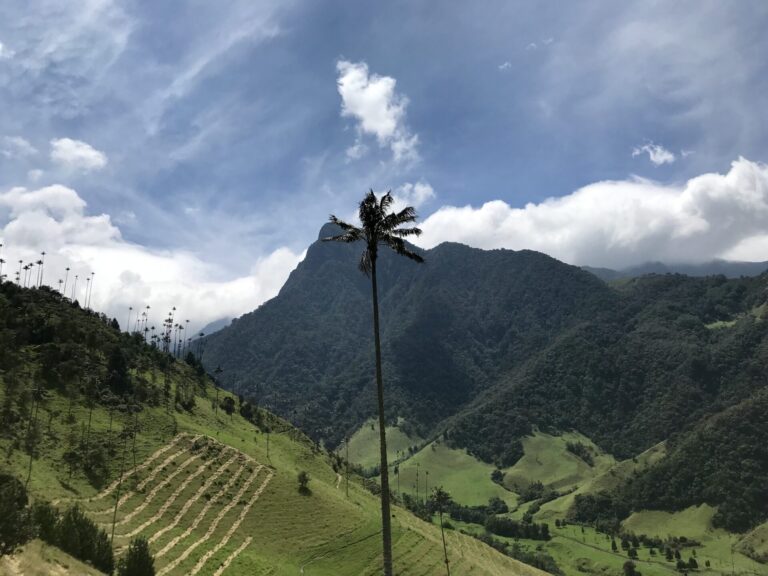What Is a Solo Backpacking Trip?
Solo backpacking is a self-reliant and immersive travel experience where individuals carry all their gear on their back, venturing into wilderness or urban landscapes without the company of others, relying solely on their own resources and wits to navigate through the journey. It requires careful planning, adaptability, and a willingness to confront personal challenges. Solo backpackers must consider route selection, accommodation options, and personal safety, preparing for unexpected setbacks and Stay tuned to uncover the intricacies of solo backpacking, from planning the perfect route to overcoming solo hiking fears, and discover how this transformative experience can be tailored to your unique desires and abilities.
Defining Solo Backpacking
Embracing the thrill of independence, solo backpacking is a unique form of travel that involves carrying all your gear on your back, relying solely on your own resources, and venturing into the wilderness or urban landscapes without the company of others. This type of travel requires careful planning, self-reliance, and adaptability. Solo backpackers must consider factors such as route selection, accommodation options, and personal safety, as well as be prepared for unexpected challenges and setbacks. By carrying a backpack containing all essential items, solo travelers can move freely and spontaneously, immersing themselves in new environments and experiences. With the right mindset and preparation, solo backpacking offers an unparalleled sense of freedom and empowerment.
Benefits of Solo Travel
Freedom from the constraints of group dynamics and the burden of others' opinions releases a profound sense of autonomy, allowing solo travelers to tap into their innermost desires and curiosities. Without the influence of others, solo backpackers can create their own itinerary, free from compromise, and indulge in activities that bring them joy. This autonomy also fosters personal growth, as individuals are forced to navigate unfamiliar territories and confront their own fears and limitations. Solo travel allows for a deeper connection with the environment, people, and oneself, leading to a more immersive and transformative experience. Additionally, solo travelers are more likely to engage with locals, form meaningful connections, and develop a greater appreciation for the world around them. Furthermore, solo travelers are more likely to step out of their comfort zones, explore uncharted territories, and discover hidden gems that they may have otherwise overlooked.
Planning the Perfect Route
When crafting the ideal solo backpacking itinerary, consideration must be given to a multitude of factors, including personal interests, physical abilities, and logistical constraints, in order to strike a delicate balance between exploration and feasibility. This involves researching trails, mapping out daily mileage, and identifying potential campsites, water sources, and resupply points. It's essential to set realistic goals, allowing for flexibility in case of inclement weather or physical exhaustion. By pouring over topographic maps, guidebooks, and online resources, solo backpackers can create a tailored route that caters to their unique needs and aspirations. A well-planned route is vital to a successful and enjoyable solo backpacking trip, enabling adventurers to focus on the journey itself, rather than logistical worries.
Packing for Solo Adventures
Every solo backpacker must carefully curate a pack list that balances essential items with weight and space constraints, as the consequences of oversights or unnecessary luxuries can be severe in the backcountry. A well-packed backpack is vital for a successful solo adventure, guaranteeing you have what you need to stay safe and comfortable while minimizing unnecessary bulk. When packing, prioritize the most critical items, considering factors like weather, terrain, and emergency scenarios.
- First aid kit: A basic kit should include bandages, antiseptic wipes, pain relievers, and any personal medications.
- Water treatment: Bring a water filter, purification tablets, or a portable stove to guarantee access to safe drinking water.
- Emergency shelter: Pack a lightweight tent, space blanket, or bivy sack in case of unexpected weather or injuries.
- Navigation tools: Bring a compass, map, and GPS device or satellite phone to stay on track and communicate in case of emergency.
Accurate route-finding and navigation are crucial skills for solo backpackers, as the absence of a partner to share decision-making responsibilities means that the burden of getting lost or stranded falls squarely on the individual's shoulders. A solo backpacker must be proficient in reading maps, using a compass, and understanding GPS technology. It's essential to study the trail route beforehand, noting landmarks, water sources, and potential hazards. While on the trail, regularly check the map and compass to guarantee you're on course. Additionally, pay attention to the surroundings, taking note of distinctive features and tracking your progress. By developing these skills, solo backpackers can confidently navigate the wilderness, even in the most remote and challenging environments.
Staying Safe in the Wilderness
Beyond navigation, solo backpackers must also prioritize their personal safety, recognizing that the wilderness can be unforgiving and that a single misstep can have serious consequences. To minimize risks, it's essential to take proactive measures to guarantee a safe and enjoyable journey. 1. Plan for emergencies: Pack a first-aid kit, carry a personal locator transmitter (PLT) or satellite phone, and know basic wilderness first aid. 2. Be aware of your surroundings: Pay attention to changing weather conditions, steep terrain, and potential wildlife encounters. 3. Stay hydrated and fueled: Bring sufficient water and non-perishable food, and know how to purify water sources if needed. 4. Let someone know your itinerary: Leave a detailed plan with a trusted friend or family member, including your route, expected return date, and emergency contact information to safeguard a safe return.
Overcoming Solo Hiking Fears
As solo backpackers take proactive measures to safeguard their physical safety, they must also confront and overcome the mental and emotional challenges that can accompany solo travel, including fear, anxiety, and self-doubt. It's essential to acknowledge these feelings and develop strategies to manage them. One approach is to focus on building confidence through preparation and experience. Break down your trip into smaller, manageable tasks, and celebrate each accomplishment. Additionally, connect with other solo travelers online or in person to share experiences and gain valuable insights. By addressing these internal fears, solo backpackers can tap into a deeper sense of resilience and empowerment, ultimately enriching their travel experience.






